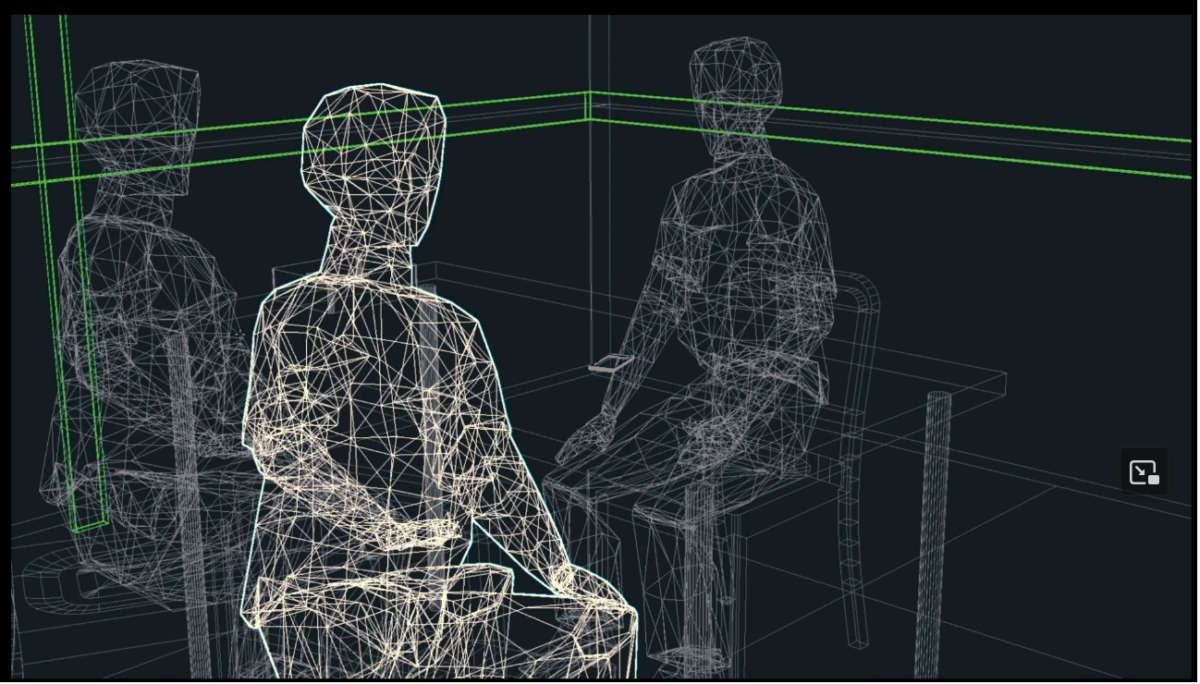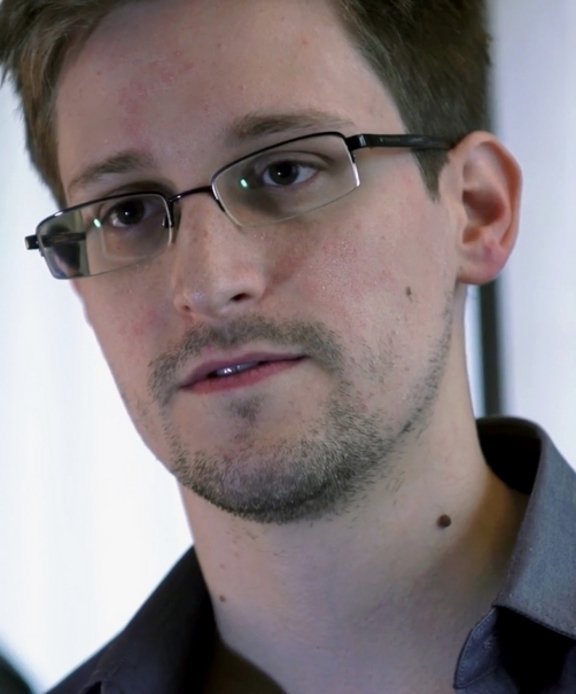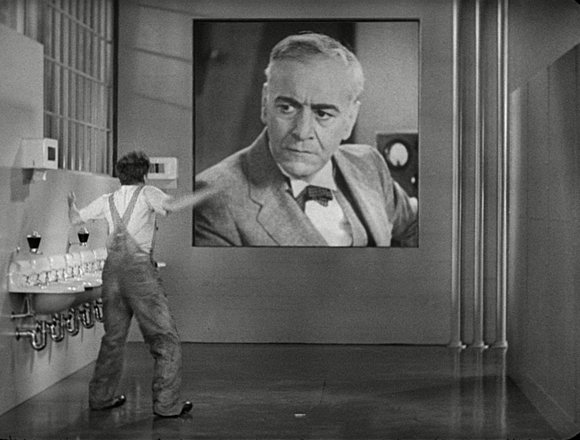If the actions of the owners of streaming services are creating the perfect conditions for the return of piracy, it’s equally true that the adtech industry’s decisions continue to encourage installing ad blockers as a matter of self-defense. This is overall a bad thing, since most of us can’t afford to pay for everything we want to read online.
This week, Google abruptly aborted a change it’s been working on for four years: it will abandon its plan to replace third-party cookies with new technology it called Privacy Sandbox. From the sounds of it, Google will continue working on the Sandbox, but will continue to retain third-party cookies. The privacy consequences of this are…muddy.
To recap: there are two kinds of cookies, which are small files websites place on your computer, distinguished by their source and use. Sites use first-party cookies to give their pages the equivalent of memory. They’re how the site remembers which items you’ve put in your cart, or that you’ve logged in to your account. These are the “essential cookies” that some consent banners mention, and without them you couldn’t use the web interactively.
Third-party cookies are trackers. Once a company deposits one of these things on your computer, it can use it to follow along as you browse the web, collecting data about you and your habits the whole time. To capture the ickiness of this, Demos researcher Carl Miller has suggested renaming them slime trails. Third-party cookies are why the same ads seem to follow you around the web. They are also why people in the UK and Europe see so many cookie consent banners: the EU’s General Data Protection Regulation requires all websites to obtain informed consent before dropping them on our machines. Ad blockers help here. They won’t stop you from seeing the banners, but they can save you the time you’d have to spend adjusting settings on the many sites that make it hard to say no.
The big technology companies are well aware that people hate both ads and being tracked in order to serve ads. In 2020, Apple announced that its Safari web browser would block third-party cookies by default, continuing work it started in 2017. This was one of several privacy-protecting moves the company made; in 2021, it began requiring iPhone apps to offer users the opportunity to opt out of tracking for advertising purposes at installation. In 2022, Meta estimated Apple’s move would cost it $10 billion that year.
If the cookie seemed doomed at that point, it seemed even more so when Google announced it was working on new technology that would do away with third-party cookies in its dominant Chrome browser. Like Apple, however, Google proposed to give users greater control only over the privacy invasions of third parties without in any way disturbing Google’s own ability to track users. Privacy advocates quickly recognized this.
At Ars Technica, Ron Amadeo describes the Sandbox’s inner workings. Briefly, it derives a list of advertising topics from the websites users visits, and shares those with web pages when they ask. This is what you turn on when you say yes to Chrome’s “ad privacy feature”. Back when it was announced, EFF’s Bennett Cyphers was deeply unimpressed: instead of new tracking versus old tracking, he asked, why can’t we have *no* tracking? Just a few days ago, EFF followed up with the news that its Privacy Badger browser add-on now opts users out of the Privacy Sandbox (EFF has also published manual instructions.).
Google intended to make this shift in stages, beginning the process of turning off third-party cookies in January 2024 and finishing the job in the second half of 2024. Now, when the day of completion should be rapidly approaching, the company has said it’s over – that is, it no longer plans to turn off third-party cookies. As Thomas Claburn writes at The Register, implementing the new technology still requires a lot of work from a lot of companies besides Google. The technology will remain in the browser – and users will “get” to choose which kind of tracking they prefer; Kevin Purdy reports at Ars Technica that the company is calling this a “new experience”.
At The Drum, Kendra Barnett reports that the UK’s Information Commissioner’s Office is unhappy about Google’s decision. Even though it had also identified possible vulnerabilities in the Sandbox’s design, the ICO had welcomed the plan to block third-party cookies.
I’d love to believe that Google’s announcement might have been helped by the fact that Sandbox is already the subject of legal action. Last month the privacy-protecting NGO noyb complained to the Austrian data protection authority, arguing that Sandbox tracking still requires user consent. Real consent, not obfuscated “ad privacy feature” stuff, as Richard Speed explains at The Register. But far more likely it’s money, At the Press Gazette, Jim Edwards reports that Sandbox could cost publishers 60% of their revenue “from programmatically sold ads”. Note, however, that the figure is courtesy of adtech company Criteo, likely a loser under Sandbox.
The question is what comes next. As Cyphers said, we deserve real choices: *whether* we are tracked, not just who gets to do it. Our lives should not be the leverage big technology companies use to enhance their already dominant position.
Illustrations: A sandbox (via Wikimedia)
Wendy M. Grossman is the 2013 winner of the Enigma Award. Her Web site has an extensive archive of her books, articles, and music, and an archive of earlier columns in this series. She is a contributing editor for the Plutopia News Network podcast. Follow on Mastodon.









